Cant's tea roses
User
11 years ago
Featured Answer
Sort by:Oldest
Comments (17)
jerijen
11 years agolast modified: 9 years agoroseseek
11 years agolast modified: 9 years agoRelated Discussions
Mrs. B.R. Cant (Tea) in Zone 6b?
Comments (8)I'd say in Olga's case it's magic AND hard work. Hard work alone doesn't seem to account for how fantastic her roses look. I'll never forget that photo of her Abraham Darby bush she posted a few years back. If I tell myself it's partly magic, then I can feel better about the fact that I will never get an Abraham Darby that looks as good as hers! ;-) That said, there's no doubt Olga really knows what she's doing! --Ron...See MoreMrs Dudley Cross, Mrs B R Cant, Octavus Weld and Tipsy Imperial
Comments (28)I don't personally have G. Nabonnand, but have heard many people on the forum say good things about it. If you're really interested, you might write a separate post and get reactions from people who actually grow it. Well, I hope Malcolm and all you Mrs. B.R. Cant lovers out there are happy. After having sworn over and over again that I would not buy another rose (and being really sincere about it), the thought of not having "the world's greatest rose" simply would not leave me alone. Over the last few days I've studied my place endlessly, searching for a large flat spot to hold this rose, and there simply was none that had any sun. This morning I had a Eureka! moment as I stood outside the house and looked down the driveway. It's very long and the terrain along it is hilly, but more than halfway down there is a flat spot where what we call the studio is located. About 20 feet away from the studio I found my spot for this rose! It just hadn't occurred to me to plant roses that far from the house but there is a water connection there and a huge rose like that would be a wonderful introduction to the roses around the house that aren't visible until you go around a curve on the driveway. Sanju, it just goes to show where there's a will there's a way. I need another rose like I need three eyes in my head but I've become convinced I have nothing quite like THIS rose in my garden. Oh gosh, how many times have I said that, and it's always been true. They are all different.... Ingrid...See MoreWhat Kind of Rose for Rose Hip Jelly/Tea?
Comments (13)Does Rosa virginiana produce hips worth using? Oh, and the York Rose, Rosa x alba semi-plena produces hips that could be used. Its white is tinged with peach-pink, so it looks more milky white than pure white, but it's lovely in bloom! Some people don't care for the colors of Rosa rugosa's later flowers against the color of the ripening hips. If you're sensitive to such things you'll have to consider whether you like the idea of scarlet/tomato red hips adorned with lavender-pink roses. If the idea of that color pair bothers you, go with Rosa rugosa alba. Then you'll have scarlet against pure white....See Morerandom non-hardy roses, mostly tea roses
Comments (5)Northspruce, thanks for pointing out these are hybrid teas, not true teas... no problem in pointing that out. The name Sunsprite does ring a bit of a bell for me... I went out today and looked and the bloom still has its petals, but maybe they will drop shortly. They do seem to fall cleanly from older flowers on the same plant. SCG, I planted these deep when first planted, and on a slant to maximize the amount of stem underground. The crowns are probably about 20 cm below soil level. Each winter I mulch with leaves or straw to about a foot or two depth (sorry for mixing imperial and metric) but the above ground parts usually die to soil level anyway. They grow back quickly from the stems and crown that are underground....See Moreingrid_vc so. CA zone 9
11 years agolast modified: 9 years agostrawchicago z5
11 years agolast modified: 9 years agomendocino_rose
11 years agolast modified: 9 years agojacqueline9CA
11 years agolast modified: 9 years agojerijen
11 years agolast modified: 9 years agojerijen
11 years agolast modified: 9 years agoUser
11 years agolast modified: 9 years agobuford
11 years agolast modified: 9 years agojaspermplants
11 years agolast modified: 9 years agojerijen
11 years agolast modified: 9 years agosherryocala
11 years agolast modified: 9 years agoUser
11 years agolast modified: 9 years agoharborrose_pnw
11 years agolast modified: 9 years agoMarlorena
11 years agolast modified: 9 years ago
Related Stories
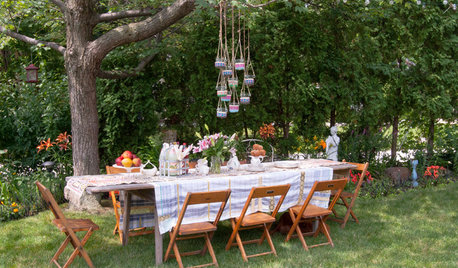
ENTERTAININGHow to Host a Tea Party at Home
Many people are reacquainting themselves with the gracious British ritual, steeped in tradition, that is perfect for an outdoor gathering
Full Story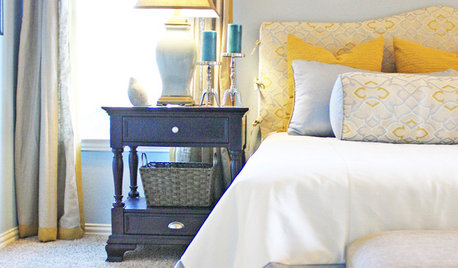
COLOR8 Color Palettes You Can't Get Wrong
Can't decide on a color scheme? Choose one of these foolproof palettes for a room that feels both timeless and fresh
Full Story
GARDENING GUIDESWhat Kind of Roses Should You Grow?
Want to add the beauty of roses to your garden? Find out which ones, from old-fashioned to modern, are right for you
Full Story
PLANTING IDEASGreat Garden Combo: Rose + Clematis for Small-Space Impact
We all need somebody to lean on. And when a rose supports a climbing vine, the results can totally transform a small garden
Full Story
WINTER GARDENINGPruning Secrets for Exquisite Roses
Encourage gorgeous blooms year after year with this time-tested advice on how to prune your rosebush in winter for health and shape
Full Story
GARDENING GUIDESLearn the Secret to Bigger and Better Roses
Grow beautiful roses using both ordinary and unusual soil amendments
Full Story
GARDENING GUIDES6 Captivating Roses for an Alluringly Fragrant Garden
Perfume your garden with aromas from richly spicy to lightly sweet, without sacrificing an inch of color
Full Story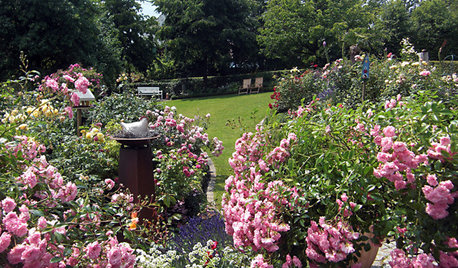
GARDENING GUIDES5 Sweet to Spirited Pink Roses for an Enchanting Garden
Whether you go demure or daring, there's a pink rose here to make you flush with garden pride
Full Story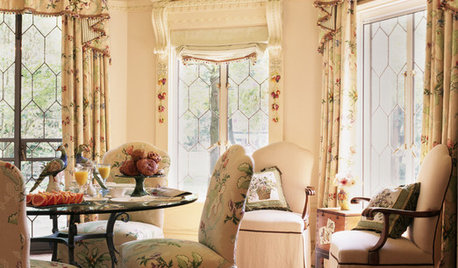
DECORATING STYLES18 Ways to Bring English Country Charm Home
From topiaries and climbing roses to toile and tea, these design ideas can skew cozy casual or manor formal
Full Story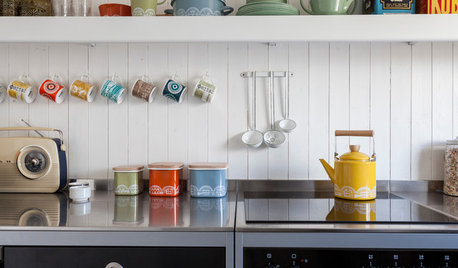
LIFEHow Do You Make Your Tea and Coffee in the Morning?
A morning cup is a must for many, and preparation comes in many guises. We look at coffee and tea habits across the Houzz community
Full Story



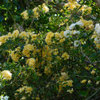
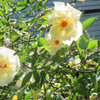

UserOriginal Author